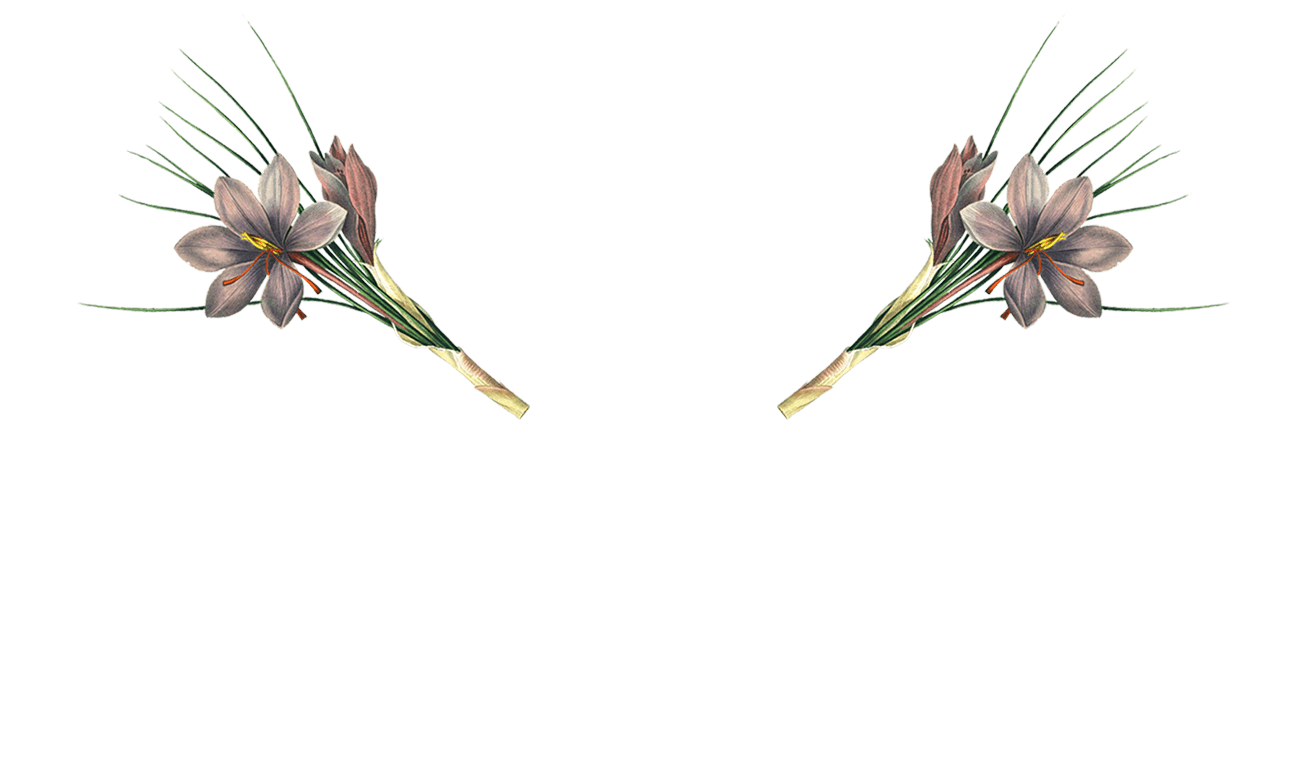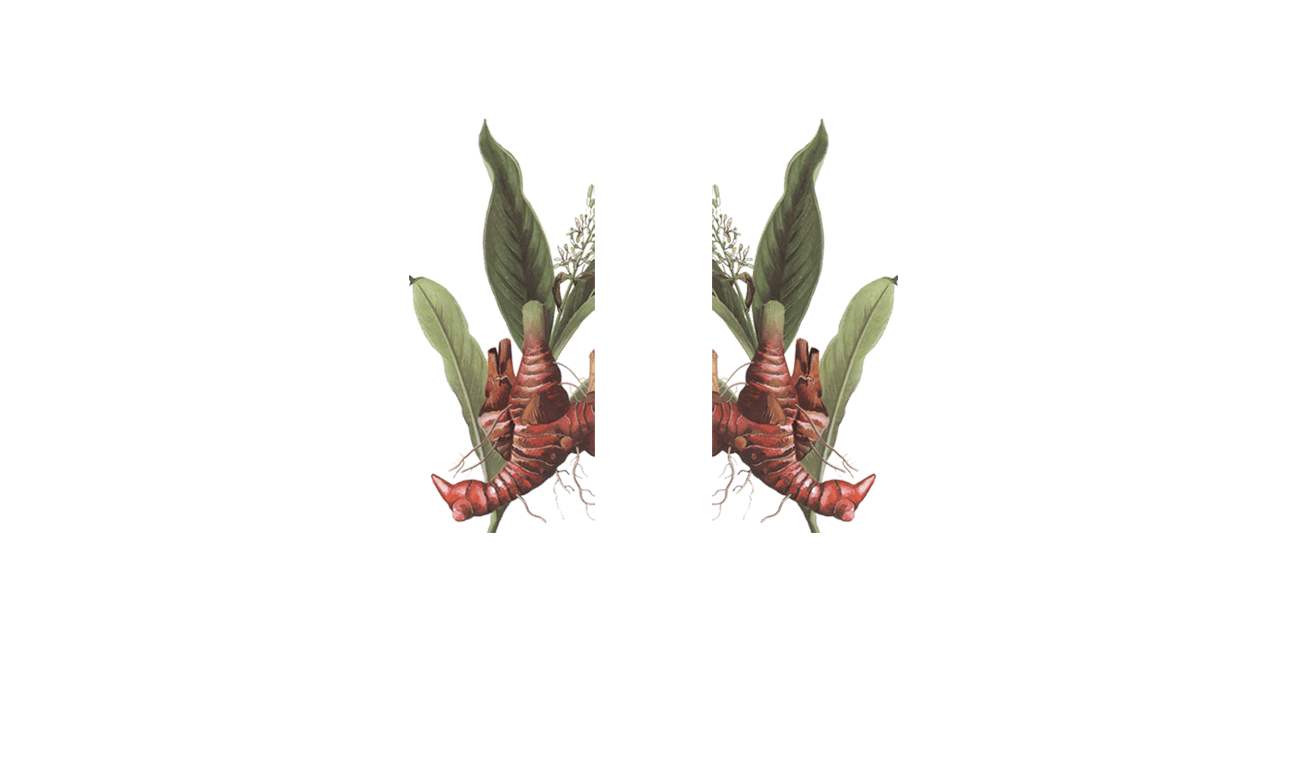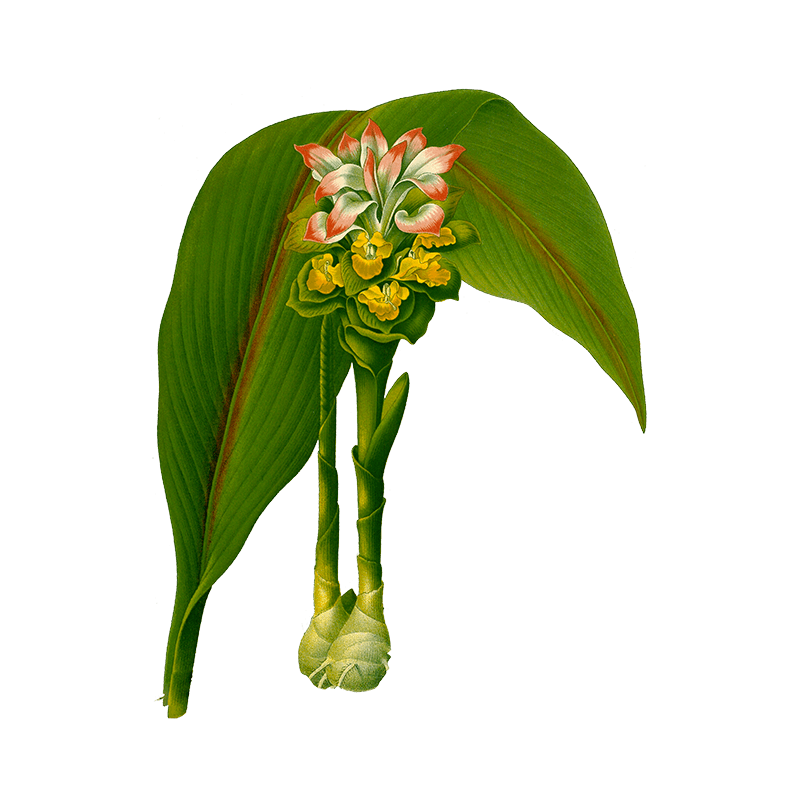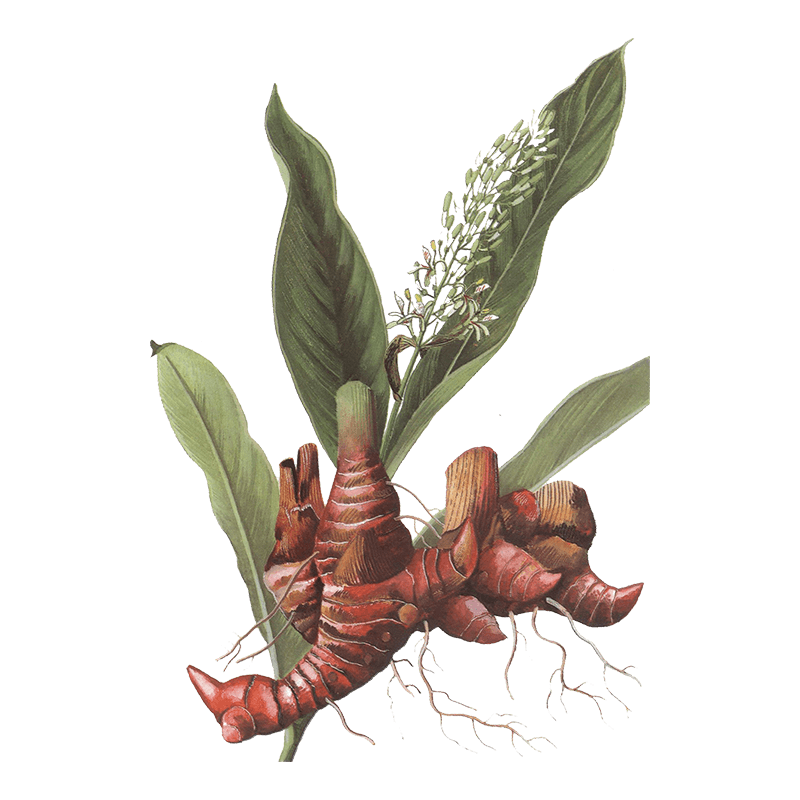THE SECRET RECIPE
Colours, aromas, flavours and … properties! The Fernet-Branca recipe is a special journey through the 27 herbs, roots and spices of its special secret and one of a kind formula.
Every single herb represents a distinct universe, experience and discovery.























